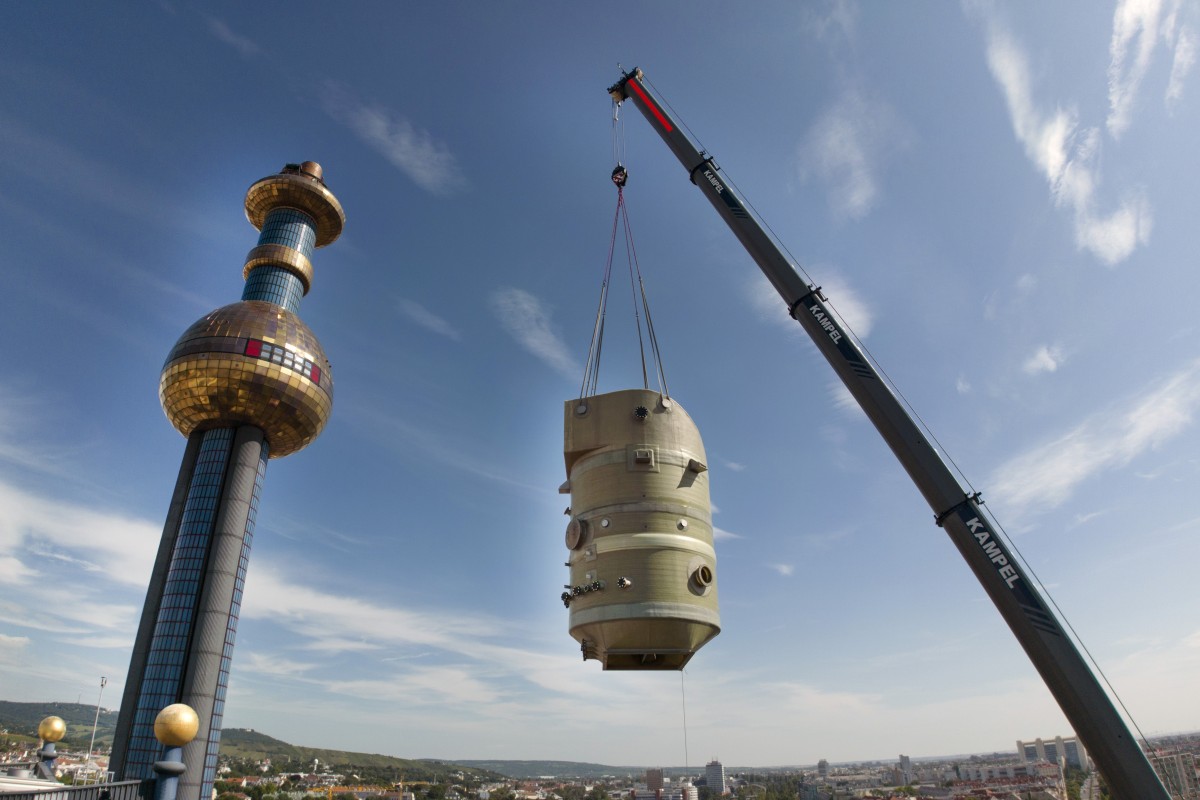Sponsored Content
Construction Prices 2024 in Austria: Moderate Increase Despite Tense Situation in the Construction Industry
Construction prices in Austria rose moderately by 1.3% in 2024 compared to the previous year. This was announced by Statistics Austria in its latest report. While price increases eased over the year, the economic situation in the construction industry remains challenging. Residential construction in particular is suffering from high construction and financing costs, which could have a long-term impact on the labor market and future housing supply.
 Statistics Austria reports moderately increased construction prices in 2024, with an average increase of 1.3% year-on-year, but slightly flattened towards the end of the year with a 1.2% inflation rate. / Picture: © Wien Energie
Statistics Austria reports moderately increased construction prices in 2024, with an average increase of 1.3% year-on-year, but slightly flattened towards the end of the year with a 1.2% inflation rate. / Picture: © Wien Energie
The construction price index reached 123.1 points in 2024 (base year 2020: 100 points). At 1.6%, the increase was particularly pronounced in building construction than in civil engineering, which only recorded an increase of 0.9%. Within building construction, the “other building construction” category recorded a price increase of 1.9%, while residential and housing construction…
or Log In
Fast News Search





